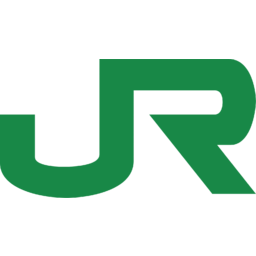
P/E ratio for East Japan Railway (9020.T)
P/E ratio as of April 2024 (TTM): 7.77
According to East Japan Railway's latest financial reports and stock price the company's current price-to-earnings ratio (TTM) is 7.76523. At the end of 2022 the company had a P/E ratio of 46.1.
P/E ratio history for East Japan Railway from 2009 to 2023
PE ratio at the end of each year
| Year | P/E ratio | Change |
|---|---|---|
| 2022 | 46.1 | -734.74% |
| 2021 | -7.27 | -2.77% |
| 2020 | -7.48 | -154.91% |
| 2019 | 13.6 | 7.5% |
| 2018 | 12.7 | -12.38% |
| 2017 | 14.5 | -8.02% |
| 2016 | 15.7 | -18.5% |
| 2015 | 19.3 | 8.22% |
| 2014 | 17.8 | 2.14% |
| 2013 | 17.4 | 48.21% |
| 2012 | 11.8 | -75.53% |
| 2011 | 48.1 | 197.34% |
| 2010 | 16.2 | 2.03% |
| 2009 | 15.9 |
P/E ratio for similar companies or competitors
| Company | P/E ratio | P/E ratio differencediff. | Country |
|---|---|---|---|
 Central Japan Railway 9022.T | 3.26 | -58.07% | 🇯🇵 Japan |
 West Japan Railway 9021.T | 10.4 | 33.29% | 🇯🇵 Japan |
How to read a P/E ratio?
The Price/Earnings ratio measures the relationship between a company's stock price and its earnings per share. A low but positive P/E ratio stands for a company that is generating high earnings compared to its current valuation and might be undervalued. A company with a high negative (near 0) P/E ratio stands for a company that is generating heavy losses compared to its current valuation.
Companies with a P/E ratio over 30 or a negative one are generaly seen as "growth stocks" meaning that investors typically expect the company to grow or to become profitable in the future.
Companies with a positive P/E ratio bellow 10 are generally seen as "value stocks" meaning that the company is already very profitable and unlikely to strong growth in the future.